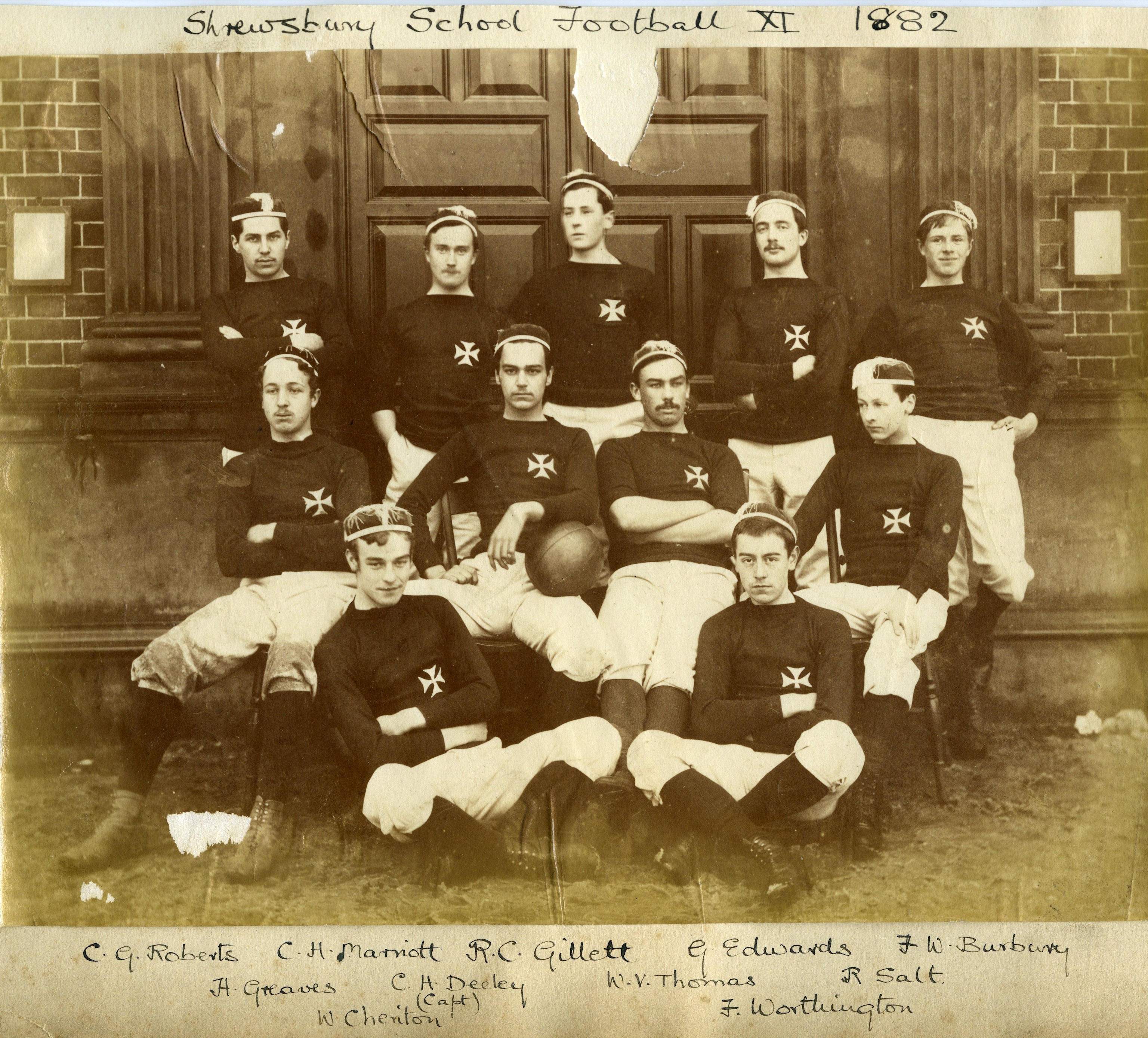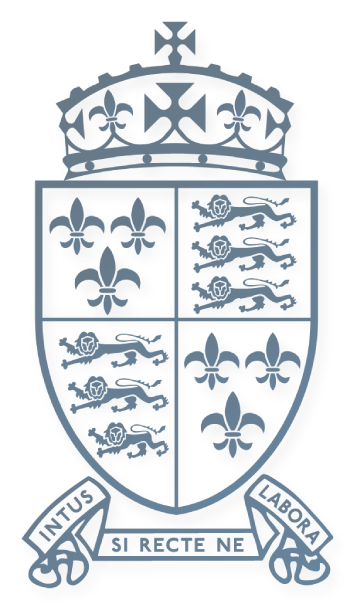
1856 - Shrewsbury School and the Rules of Football

Football is known to have been played in England as far back as the 12th century.
It was so popular – but also so chaotic and violent – that Edward III, Richard II and Henry IV all passed statutes aimed at suppressing it, as they feared that soldiers would injure themselves. It was not among the games that Thomas Ashton (Shrewsbury School’s first Headmaster) prescribed in his Ordinances under Queen Elizabeth I to be played at the School, which were “shooting in the long box, running, wrestling, leaping and chess play”.
Shrove Tuesday was traditionally marked by the pursuit in the Elizabethan era, but given the violence that ensued, punishments were regularly meted out. Mark Dickson (former History Teacher and Master-in-Charge of Football at Shrewsbury School) describes one example in Shrewsbury School Football and the Old Salopian FC: An Illustrated History:
“A certain John Gyttings was imprisoned in Shrewsbury ‘for playing at the foot balle upon Shroftusdaie, and for throwinge the balle from him when the serigent Hardinge demanded the same.’ A day boy called John Gyttings is known to have studied at Shrewsbury School in 1601 and, although it is not known for certain that this is the same person, it could well be that he was not only the School’s first recorded footballer but also its first jail bird.”
Very little recorded evidence exists for the various interpretations of football much before the early stages of the 19th century. Before then it is known only that bloodthirsty aggression featured very highly – or at least it did in the opinion of those in positions of authority. The Revd Samuel Butler (Headmaster of Shrewsbury School, 1798-1836) loathed the pursuit, claiming it was “fit only for butcher boys”.
‘Football’ nevertheless continued to be played in an unregulated form by pupils at Shrewsbury, and by the early 1800s it was beginning to develop in public schools into something more than a mere rough-and-tumble affair.
The Revd Benjamin Kennedy (Headmaster, 1836-66) is credited with restoring football as an acceptable pursuit at Shrewsbury. In contrast to Butler, Kennedy thought it was a moral advantage for boys to have exercise in their leisure hours. One of his first acts as Headmaster was to hire a field for football at Coton Hill, about half a mile from the School, previously part of Butler’s dairy farm. The organisation of games and the creation of rules were left to the boys, since few of the masters had any experience or interest in outdoor sport.
However, each school played its own version of the game, with its own unique set of rules. Some allowed handling the ball, some banned running with the ball, and for a while, each school’s version of football developed in isolation from any of the others.
It was at universities that arguments began. Upon leaving the confines of schools, pupils who had practised their own versions were then thrown together, and the obvious debate began over how they could all play when their interpretations were so wildly different.
By the end of Butler’s tenure as Headmaster in 1836, half of the Salopians who had won places at Cambridge University were at St John’s and Trinity Colleges. Under Kennedy this rose to nearly three-quarters. Edward Montagu was one of the first Old Salopians to attempt, in 1838, to draw up a common set of rules for football and form a Cambridge University Football Club. Thereafter, every few years a different set of undergraduates would review and revise the rules. Trinity College, which was at the centre of this activity and hosted many of the meetings, was adjacent to St John’s, so there was always a strong Salopian numerical presence and involvement.
In 1846, Charles Thring and Henry de Winton, persuaded some Old Etonians to join them in forming a University Football Club. Two years later a meeting of two representatives each from Shrewsbury, Eton, Harrow, Winchester and Rugby thrashed out the first printed Cambridge Rules. The procedure was repeated in 1856 involving two Old Salopians, Edward Horne and Herbert Luckock.
No copy remains of the original rules used by the University Foot Ball Club, but one copy of the 1856 revised edition does still exist. It is in the Library at Shrewsbury School and is signed by its founders, including E.L. Horne and H.M. Luckock (later Dean of Lichfield) from Shrewsbury School.

Photo: Rules of Football and Old Salopians at Cambridge
In 1863, a series of meetings were held in London to create a ‘parliament’ for football, which resulted in the formation of the Football Association. Presented with a copy of the Cambridge Rules, the Committee agreed that these “seemed to embrace every requisite of the game with great simplicity” and, with some minor adjustments, they were duly issued as the FA’s first universal Code of Laws for Association Football.

Photo: 1st XI Football Team 1871
Nevertheless, schools such as Shrewsbury were reluctant to change their own sets of rules, and it was not until the emergence of the FA Cup competition in 1871, which required all competing teams to play under the Association rules, that change became widely accepted. Shrewsbury played under Association rules in their first inter-school match against Uppingham in 1876.

Photo: 1st XI Football Team 1882
Trophy awarded annually to the winner of 1st House Football – the top inter-House football competition at Shrewsbury. The names of the winning teams are inscribed. The trophy is older than the FA Cup.
Photo: 1st House Football Trophy [to be sourced]

